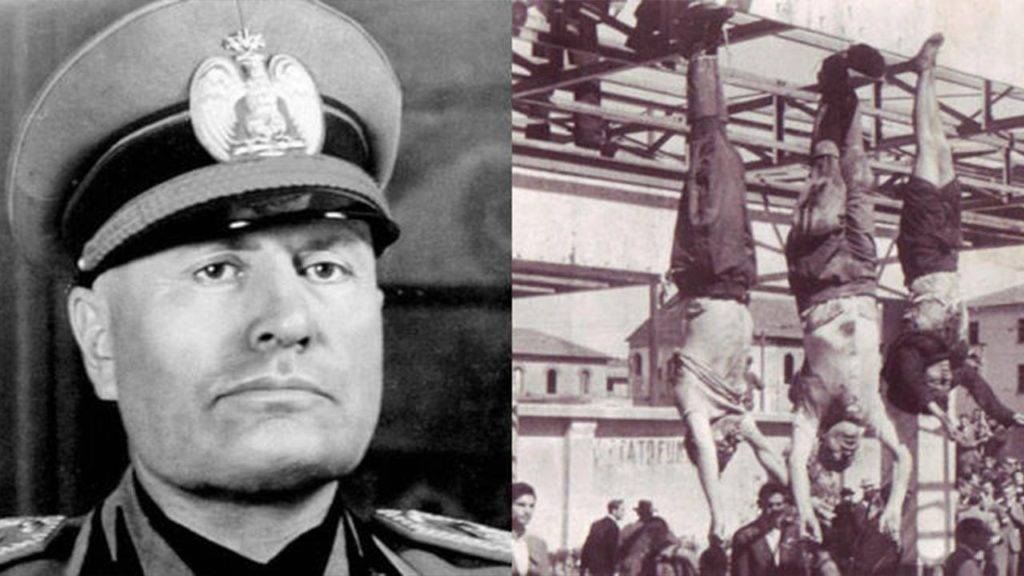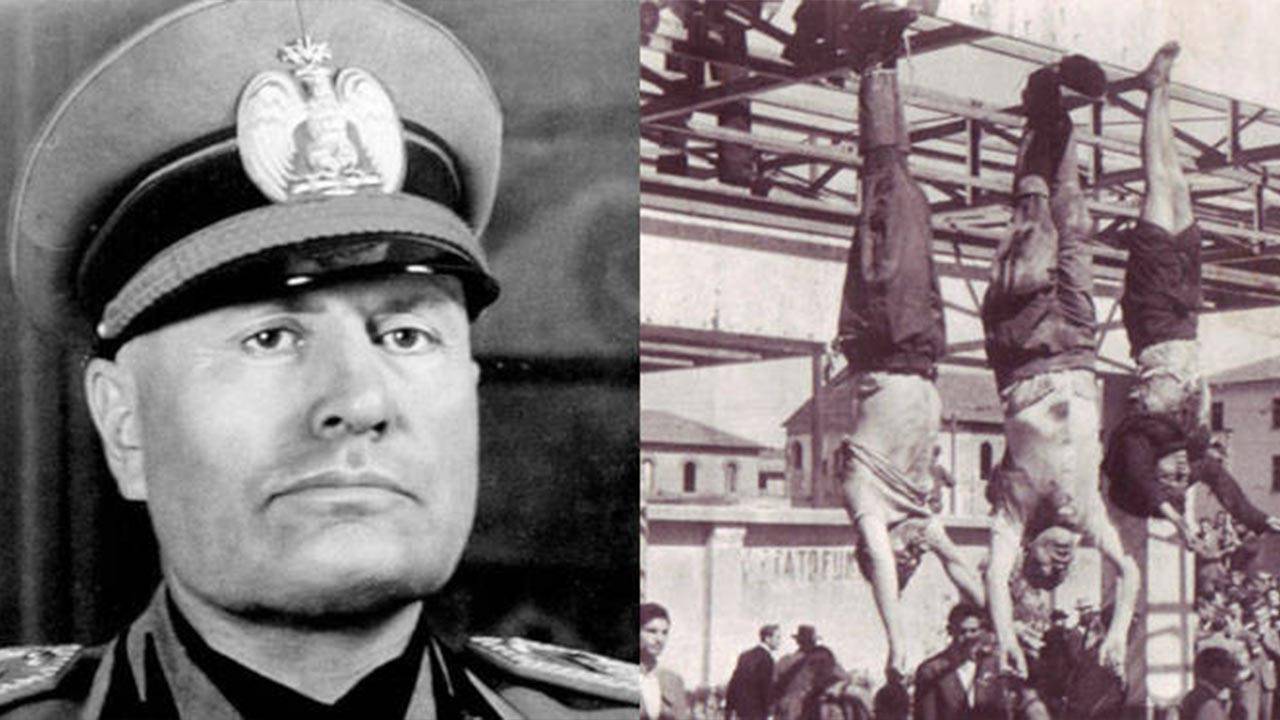Benito Mussolini Death : Benito Mussolini, an Italian politician and journalist, rose to power in the early 1920s as the leader of the National Fascist Party. He transformed Italy into a totalitarian state, allied with Nazi Germany, and declared war on the Allied Powers in 1940.
On April 28, 1945, Mussolini was executed by Italian partisans, marking the end of Fascist Italy and paving the way for a new democratic government. In this article, we will explore the events leading up to the death of Benito Mussolini and his legacy.

Table :
| Name | Benito Mussolini |
|---|---|
| Birth | July 29, 1883 |
| Death | April 28, 1945 |
| Profession | Politician, Journalist |
Benito Mussolini Death: What Happened To Benito Mussolini?
Benito Mussolini, one of the most prominent political figures of the 20th century, met a gruesome end at the hands of Italian partisans on April 28, 1945. The death of the Fascist dictator marked the end of an era and the beginning of a new chapter in Italian history. This article will explore what happened to Benito Mussolini and the events that led up to his death.
Background on Benito Mussolini
Benito Mussolini was an Italian politician and journalist who rose to power in the early 1920s as the leader of the National Fascist Party. He served as Italy’s Prime Minister from 1922 to 1943, during which time he transformed the country into a totalitarian state. Mussolini allied himself with Nazi Germany and declared war on the Allied Powers in 1940, leading Italy into World War II.
The Fall of Mussolini
In July 1943, Mussolini was removed from power after a vote of no confidence by the Fascist Grand Council. He was arrested and imprisoned, but was later rescued by German forces and installed as the leader of a puppet state in northern Italy. Mussolini’s fortunes continued to decline, and by April 1945, he was on the run with a small group of loyalists.
The Death of Mussolini
On April 27, 1945, Mussolini and his mistress, Clara Petacci, were captured by Italian partisans while attempting to flee to Switzerland. The following day, they were taken to the town of Mezzegra, where they were executed by firing squad. The bodies of Mussolini and Petacci were then hung upside down in Milan’s Piazzale Loreto for public display.
The Legacy of Mussolini
The death of Benito Mussolini marked the end of Fascist Italy and paved the way for a new democratic government. While Mussolini’s legacy is a contentious issue, many historians view him as a symbol of the dangers of totalitarianism and the importance of safeguarding individual liberties.
Frequently Asked Questions (FAQ’s) :
Q1. How did Mussolini come to power?
Mussolini rose to power in the early 1920s as the leader of the National Fascist Party. He gained the support of disaffected Italians by promising to restore order and prosperity to the country.
Q2. What was Mussolini’s role in World War II?
Mussolini allied himself with Nazi Germany and declared war on the Allied Powers in 1940. He played a significant role in the early years of the war, but by 1943, Italy had suffered a string of defeats and Mussolini was removed from power.
Q3. What was the cause of Mussolini’s downfall?
Mussolini’s downfall was caused by a combination of factors, including his alliance with Nazi Germany, his inability to win the war, and his brutal suppression of dissent within Italy.
Q4. Why was Mussolini executed?
Mussolini was executed by Italian partisans as a symbol of the defeat of Fascism and the end of the war.
Q5. What is Mussolini’s legacy?
Mussolini’s legacy is a contentious issue, with some viewing him as a symbol of totalitarianism and others as a transformative figure in Italian history.






